Revisiones y decisiones iniciales de los editores de revistas científicas sobre los manuscritos recibidos
DOI:
https://doi.org/10.54167/rei.v2i2.1785Palabras clave:
editores, revistas científicas, revisión inicial, revisión por pares, decisiones editoriales, calidad científica, integridad editorial, normas editoriales, publicación científica, evaluación de manuscritosResumen
En este artículo discuto las revisiones y decisiones iniciales que deben tomar los editores de revistas científicas sobre los manuscritos que reciben. Esta primera revisión busca principalmente determinar si el manuscrito está dentro de los objetivos, alcance y temas de la revista, además de que cumpla con niveles aceptables de calidad y se apegue a sus normas y políticas. Con respecto a esto, presento 15 aspectos fundamentales que integrarían esta revisión inicial y que los editores podrían adoptar según las necesidades de sus revistas e integrarlos a sus políticas editoriales. Como resultados de la revisión inicial, si un manuscrito no cumple con estos aspectos fundamentales, este se rechaza inmediatamente, mientras que su cumplimiento lleva a que este se acepte para ser sometido al proceso de revisión por pares. Posterior a este, el editor tomará una decisión basada en las evaluaciones y recomendaciones que hagan los revisores, que pueden sugerir su rechazo, aceptación o solicitar a los autores que presenten una nueva versión corregida. Adicionalmente, presento las variantes que pueden ocurrir en este proceso de revisión inicial y enlisto algunas implicaciones y recomendaciones para los autores, que podrían ayudar a reducir los dictámenes negativos que puedan recibir.
Descargas
Citas
AIJR Publisher. (2024). Editorial screening process. https://tinyurl.com/2keb9b6m
American Geophysical Union. (2024). Review criteria. https://tinyurl.com/ym43dw8y
Baldwin, M. (2020). Peer review. En C. J. Phillips (Ed.), Encyclopedia of the history of science (pp. 1-15). Carnegie Mellon University. https://doi.org/10.34758/srde-jw27.
Berkeley Library. (2024). How to publish a scientific paper: Editorial process. https://tinyurl.com/44y5kr27
BioMed Central. (2024a). Assessing a new manuscript. https://tinyurl.com/mzjmv8v3
BioMed Central. (2024b). Peer review process: Introduction to peer review. https://tinyurl.com/2p39vyc3
British Medical Journal. (2024). Editor roles & responsibilities. https://tinyurl.com/mr22p9tm
Cormode, G. (2017). How to select peer reviewers: Advice from an expert journal editor. Editage Insights. https://tinyurl.com/4498736z
Council of Science Editors. (2024). 2.1 Editor roles and responsibilities. https://tinyurl.com/427dnf9y
Crawford, D. C. (2023). Addressing rigor in scientific studies. National Institutes of Health. https://tinyurl.com/yeystc9t
Drozdz, J. A., y Ladomery, M. R. (2024). The peer review process: past, present, and future. British Journal of Biomedical Science, 81, 12054. https://doi.org/10.3389/bjbs.2024.12054
Editage. (2024). Decoding journal requirements: How to ensure your manuscript meets standards. https://tinyurl.com/yc3wukyr
Ellis, L. (2025). Peer review. En D. Baker y L. Ellis (Eds.), Encyclopedia of libraries, librarianship, and information science (Vol. 2, pp. 64-71). Elsevier. https://doi.org/10.1016/B978-0-323-95689-5.00228-5
Elsevier. (2015). 5 ways you can ensure your manuscript avoids the desk reject pile. https://tinyurl.com/mr2d7p8z
Elsevier. (2024a). Paper rejection: Common reasons. https://tinyurl.com/4sd25kha
Elsevier. (2024b). Plagiarism detection. https://tinyurl.com/mpf7pv4c
Elsevier. (2024c). The role of an editor. https://www.elsevier.com/editor/role
Faber, J. (2017). Writing scientific manuscripts: most common mistakes. Dental Press Journal of Orthodontics, 22(5), 113-117. https://doi.org/10.1590/2177-6709.22.5.113-117.sar
Freedman, P. (2016). 10 steps to evaluating manuscripts as a peer reviewer. Springer Nature. https://tinyurl.com/2jpe8dev
George, E. (2020). Top peer review challenges for authors and how you can solve them. Editage Insights. https://tinyurl.com/2zcesv4c
Gibson Research Consultancy. (2024). The evolution of peer review in academic research: The scientific journal’s bouncer. https://tinyurl.com/mryhe7yy
Helmenstine, A. (2023). Understanding peer review in science. Science Notes. https://tinyurl.com/yd3rber9
JF Publisher. (2024). The role of editors in the publication of scientific articles. https://tinyurl.com/yc64kya3
Journal of Ethnographic & Qualitative Research. (2024). Initial screening by journal editors. https://tinyurl.com/yrevu6rm
Lauer, M. (2016). Scientific rigor in NIH grant applications. National Institutes of Health. https://tinyurl.com/yc23uyav
Lusher, A. D. (2015). Peer review process, editorial decisions, and manuscript resubmission: A reference for novice researchers. Journal of Osteopathic Medicine, 115(9), 566-569. https://doi.org/10.7556/jaoa.2015.114
Machin-Mastromatteo, J. D. (2024a). La influencia disruptiva de la inteligencia artificial en la academia y la investigación. Biblioteca Universitaria, 27(2).
Machin-Mastromatteo, J. D. (2024b). ¿Qué ganan los evaluadores si realizan una revisión por pares? Revista Estudios de la Información, 2(1), 136-145. https://doi.org/10.54167/rei.v2i1.1585
Majumder, K. (2014). Editorial decision-making: What are the possible outcomes for a manuscript? Editage Insights. https://tinyurl.com/8m3rk8jc
Manuscriptedit. (2024). Understanding the role of editors in scientific publishing. https://tinyurl.com/b2ksx2wx
Moxham, N., y Fyfe, A. (2018). The Royal Society and the prehistory of peer review, 1665-1965. The Historical Journal, 61(4), 863-889. https://doi.org/10.1017/S0018246X17000334
Nahlen, D., y Hancock, E. (2020). Desk decisions. Elsevier Researcher Academy. https://tinyurl.com/36xc5zc6
Pedada, S. (2023). The history of peer review: Enhance the quality of publishing. Mind the Graph by Editage. https://tinyurl.com/2chphr9j
PLOS ONE. (2024). Editorial and peer review process. https://tinyurl.com/2sp4a9sr
Public Library of Science. (2021). Editor’s tips for passing journal checks. https://tinyurl.com/2p8yzd6y
Public Library of Science. (2024a). How to read a manuscript as a peer reviewer. https://tinyurl.com/2vb9u8rb
Public Library of Science. (2024b). Understanding the publishing process. https://tinyurl.com/y8u629ba
Redwood Ink. (2024). How to choose the right journal for your manuscript. https://tinyurl.com/25k6hrfh
Rupp, D. E. (2011). Ethical issues faced by editors and reviewers. Management and Organization Review, 7(3), 481-493. https://doi.org/10.1111/j.1740-8784.2011.00227.x
Sage. (2024). Selecting and inviting reviewers. https://tinyurl.com/7afytxhc
Santos, S., Olijhhoek, T., y Wojturska, R. (2024). Roles and responsibilities. The Open Access Journals Toolkit. https://tinyurl.com/3uvke3ye
Shoosmith, C. (2023). The future of peer review in the 17th Century. The Royal Society. https://tinyurl.com/2844h4h3
Springer Nature. (2024). How to submit a journal article manuscript: What do journal editors want? https://tinyurl.com/bdzr75ps
Springer. (2023a). Evaluating manuscripts. https://tinyurl.com/2s4j8ycp
Springer. (2023b). How to choose a target journal. https://tinyurl.com/5n7h4prp
Teixeira da Silva, J. A., Al-Khatib, A., Katavić, V., & Bornemann-Cimenti, H. (2017). Establishing Sensible and Practical Guidelines for Desk Rejections. Science and Engineering Ethics, 24(4), 1347-1365. https://doi.org/10.1007/s11948-017-9921-3
Wiley. (2024a). Step by step guide to reviewing a manuscript. https://tinyurl.com/3e59zyj3
Wiley. (2024b). The peer review process. https://tinyurl.com/582jch95
Wills, M. (2024). The history of peer review is more interesting than you think. JSTOR Daily. https://tinyurl.com/2p8xk6dz
Wordvice. (2022). Matching your manuscript to a journal’s aim and scope. https://tinyurl.com/32pcrxe8
Publicado
Cómo citar
-
Resumen0
-
PDF0
-
EPUB0
-
HTML0















